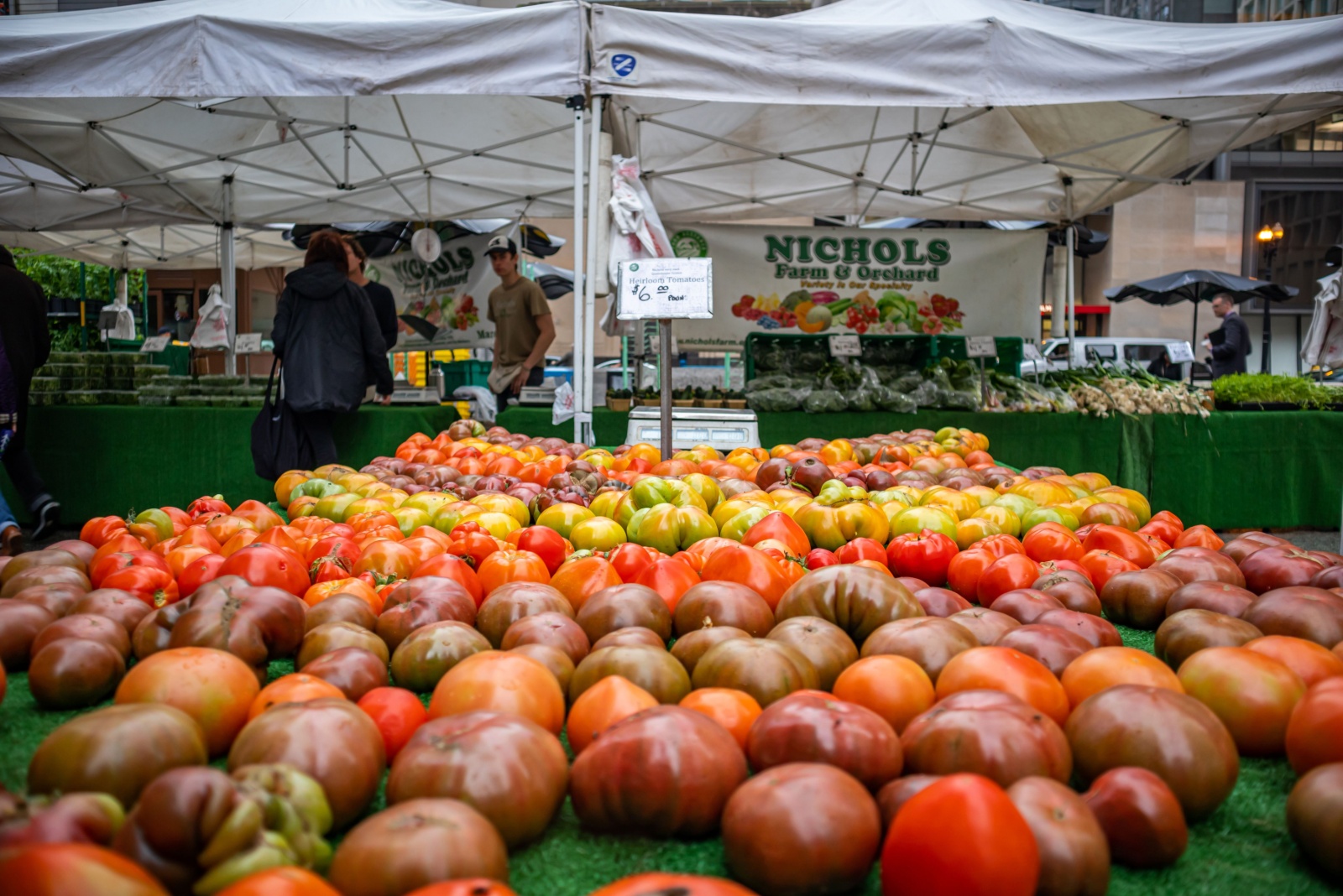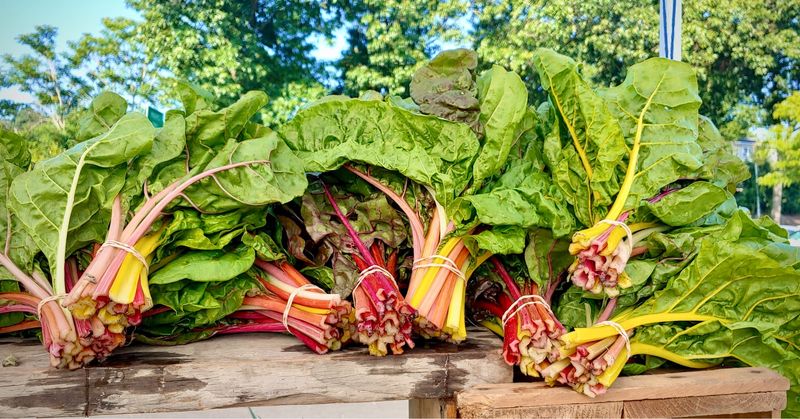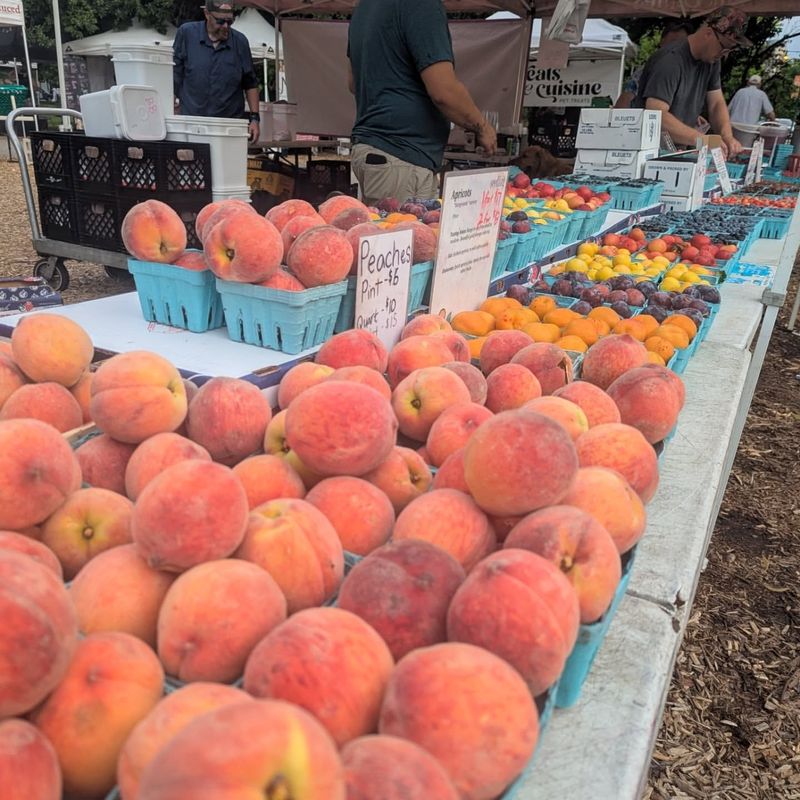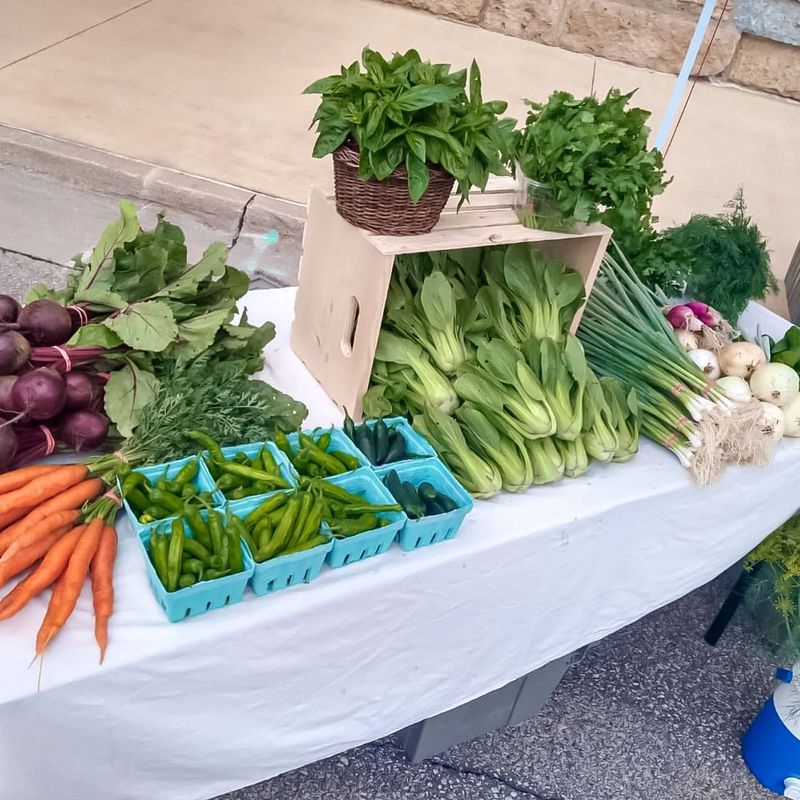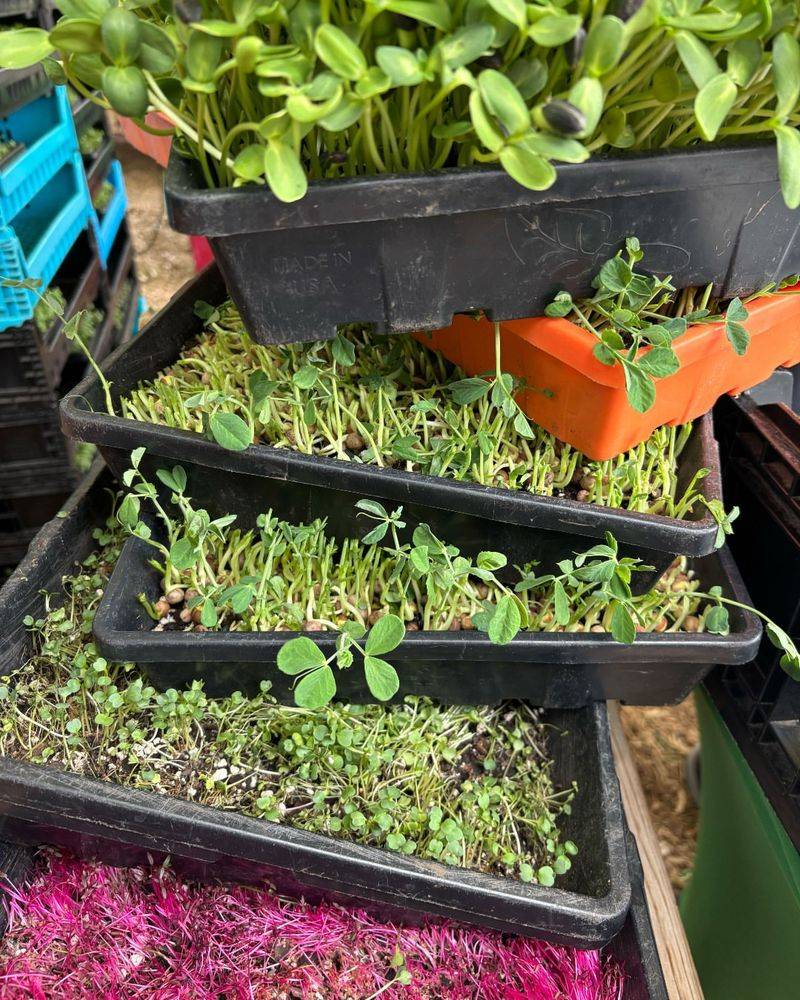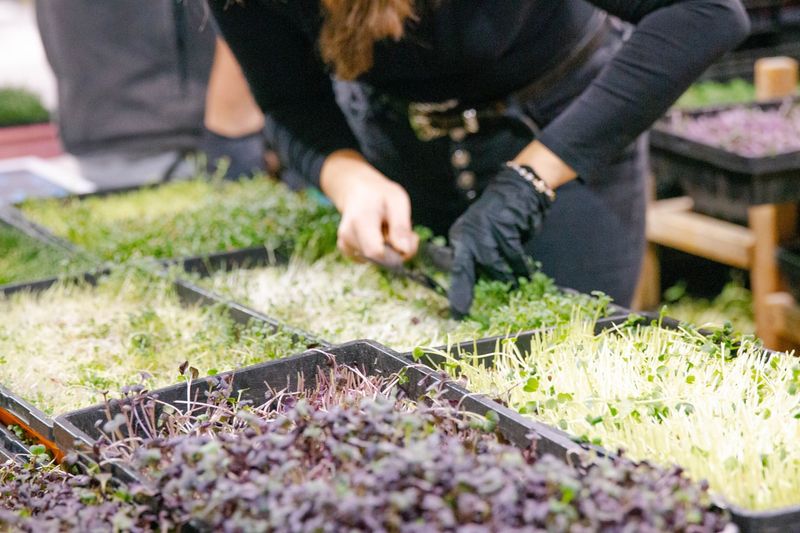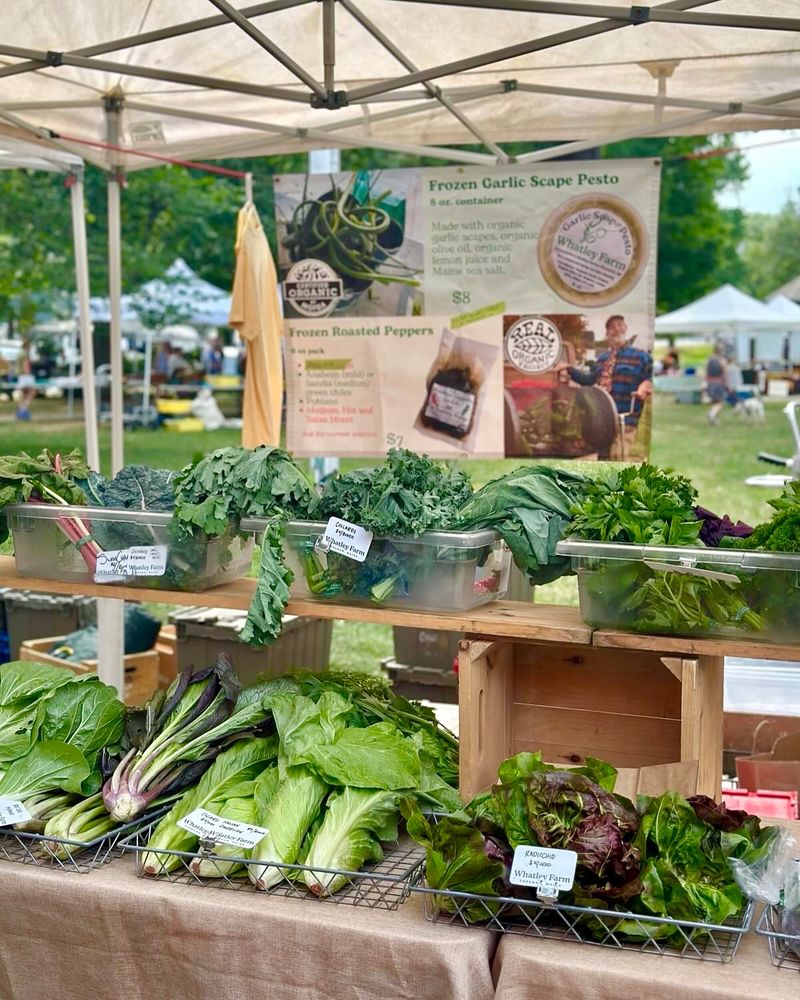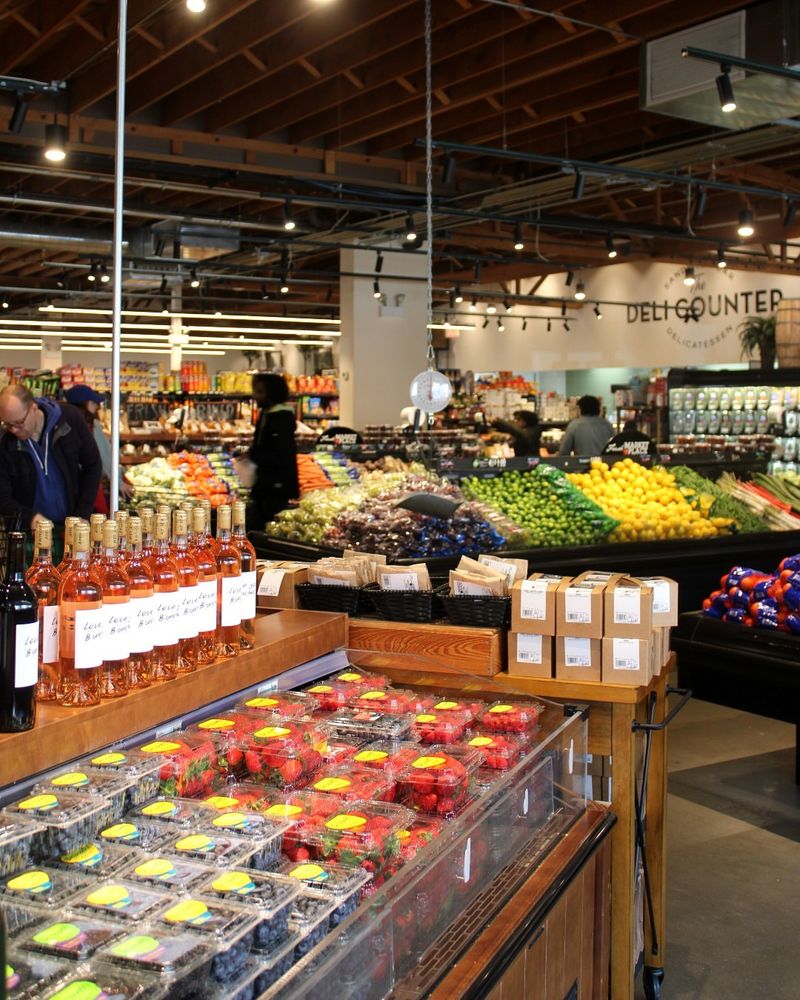Chicago’s Green City Market stands as a vibrant hub where urban dwellers connect with local farmers and sustainable food practices. Since its founding in 1998, this year-round market has transformed how Chicagoans think about their food sources and environmental impact.
Visitors discover a treasure trove of seasonal produce, artisanal goods, and educational opportunities that celebrate the Midwest’s agricultural heritage.
1. Farm-Fresh Seasonal Bounty
Walking through Chicago’s Green City Market feels like stepping into nature’s calendar. Summer brings plump tomatoes and sweet corn, while autumn showcases crisp apples and colorful squash varieties. Local farmers harvest crops at peak ripeness, often picked just hours before market day.
This timing ensures maximum nutrition and flavor you simply can’t find in supermarket produce. Many vendors grow heirloom varieties with fascinating histories and unique tastes that have nearly disappeared from commercial agriculture.
2. Strict Sustainability Standards
Unlike typical farmers markets, Green City requires all vendors to undergo third-party verification of their sustainable practices. This rigorous screening ensures shoppers can trust what they’re buying.
Farmers must demonstrate environmentally responsible methods like organic pest management, soil conservation, and humane animal treatment.
The market’s commitment extends beyond buzzwords to measurable impacts. These standards have inspired many regional farms to adopt greener approaches, creating ripple effects throughout the Midwest agricultural community.
3. Midwest Culinary Treasures
Beyond everyday produce, Chicago’s Green City Market highlights regional specialties that celebrate Midwestern food heritage. Maple syrup tapped from Wisconsin forests sits alongside Michigan cherry preserves and Illinois honey varieties.
Artisanal cheesemakers share samples of their small-batch creations, often made with traditional methods passed down through generations. Their passion for craft is evident in every bite. Specialty grain growers offer heritage wheat, corn, and oat varieties that reconnect shoppers with the Midwest’s agricultural roots.
4. Chef Demonstrations and Cooking Tips
Saturday mornings draw crowds to the market’s cooking station where Chicago’s top chefs transform market ingredients into inspiring dishes. Visitors gather tips on preparing unfamiliar vegetables and learn professional techniques they can use at home.
Chefs often share personal stories about their relationships with local farmers. Recipe cards let shoppers recreate dishes with their market purchases, encouraging culinary experimentation.
5. Youth Education Programs
Green City Market’s Club Sprouts program transforms children into curious food explorers. Kids sample new fruits and vegetables through fun tasting activities, earning stamps in their “passport” with each new food adventure.
School field trips bring classrooms to the market where students learn about food systems, meet farmers, and participate in hands-on activities.
Many children experience picking fresh herbs or grinding grain for the first time. These early positive experiences with healthy foods create lasting impacts on children’s eating habits and environmental awareness.
6. Accessible Food Initiatives
The market’s commitment to food equity shines through its Link matching program, which doubles SNAP benefit spending power for eligible shoppers. This initiative makes high-quality produce affordable for more Chicago families.
Community outreach efforts include cooking classes in underserved neighborhoods and partnerships with local food pantries. Leftover market produce gets redistributed rather than wasted.
Market managers actively recruit diverse vendors, ensuring the space reflects Chicago’s multicultural food traditions and creates entrepreneurial opportunities across communities.
7. Direct Farmer Relationships
Meeting the people who grow your food creates connections impossible in conventional grocery shopping. Farmers eagerly share growing methods, cooking suggestions, and stories behind their farms’ histories. Regular market shoppers develop personal relationships with vendors who might save special items for loyal customers.
These connections transform routine shopping into meaningful community building. Many visitors report that these face-to-face interactions have profoundly changed their understanding of food systems and agricultural challenges.
8. Year-Round Indoor Winter Market
Chicago winters don’t stop Green City Market! The market moves indoors from November through April, offering surprising seasonal variety despite the snow outside.
Root vegetables, greenhouse greens, preserved summer bounty, and value-added products keep the market vibrant during cold months. Hearty soups and hot drinks create a cozy atmosphere that contrasts with summer’s bustle.
The winter market maintains community connections during isolating cold seasons and helps farmers maintain year-round income, strengthening regional food security.

